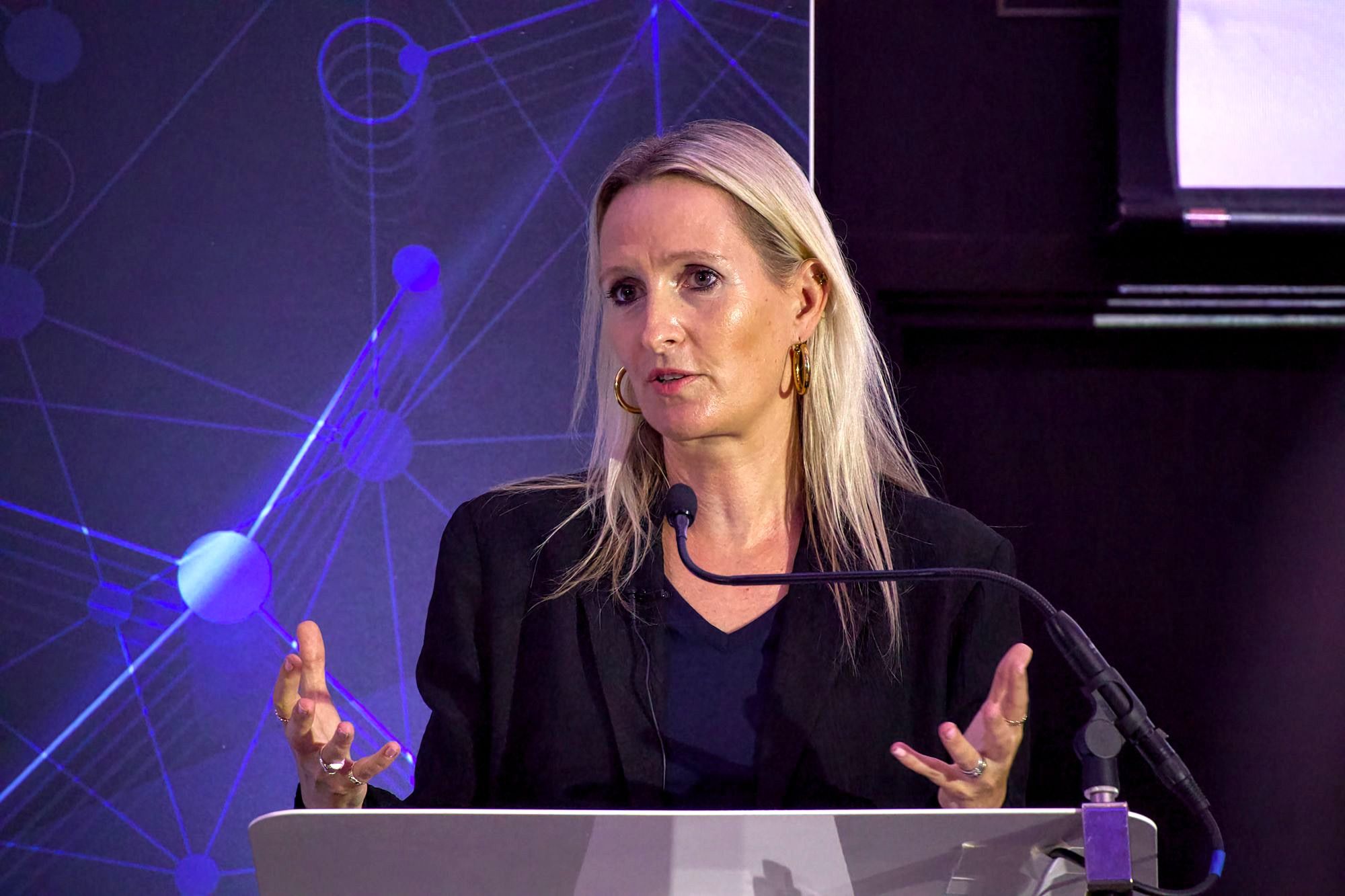- Digital Media Products, Strategy and Innovation by Kevin Anderson
- Posts
- Welcome to the Push Era: How to build loyalty with loosely connected mobile audiences
Welcome to the Push Era: How to build loyalty with loosely connected mobile audiences
US philanthropists go big to support local journalism with Press Forward

I don’t often share a post from work, but when I do, it is because I think it’s worth it. For a while, I’ve been thinking about what comes next after the Platform Era in publishing, and while I think this overlaps the Platform Era, I think it is right to say that we are now in a new era, which I have come to call the Push Era. In the Platform Era, publishers came to rely on platforms to distribute their content and build their audience. In the Push Era, publishers use newsletters, podcasts and push notifications from apps to connect with audiences directly. These tools and techniques build loyalty and habits that lead to subscription, membership and app downloads.
In the article, we also reviewed techniques to increase mobile conversion that we have used at Pugpig Consulting and also recommended by membership and subscription Poool’s Madeleine White. As audiences shift to mobile, that is the place to convert users to members, subscribers or simply known users. But mobile provides unique challenges. We go through a number of techniques used in the Push Era to increase engagement with distracted mobile audiences and build the relationships necessary to convert them.
In the Push Era, relationships with customers become more important than ever. “‘Audiences’ suggest passive consumption, while ‘communities’ suggest interaction and participation.” Operationally, it’s a mix of data and relationship-building.
The big news at the end of last week in US local journalism circles was the launch of Press Forward, a half-a-billion funding programme to support local newsrooms and also to enable business and technology support for the local news ecosystem. When you look at the amount of money that has flowed out of local journalism, even half a billion dollars is a drop in the bucket, and they know it. But they hope that this funding attracts more. “If wisely deployed, however, the new funding will have a multiplier effect, attracting meaningful additional dollars to the cause of local news, and building solutions that scale.”
This is an interesting bit of research. The common impression is that young people aren’t engaged with news. But a survey commissioned by the Medill School at Northwestern University paints a different picture with almost a third engaging with news almost daily. However, those who engage daily with newspapers is low, only 5%, but they have much higher engagement with local TV news.
Interns at the Star Tribune in Minnesota were called on by senior management to help them understand how to reach people their age. Some of it isn’t surprising including newsletters on things to do for young professionals, but I think it’s worth noting about different price tiers that are more appropriate for their income.
I think that we’re going to see more collaborations in publishing and other industries as they try to adapt to AI.
Clubhouse? I had almost forgotten that this app existed. It now is pivoting to be more like a messaging app It’s too bad that Telegram and Meta’s WhatsApp already have this market pretty sewn up.






